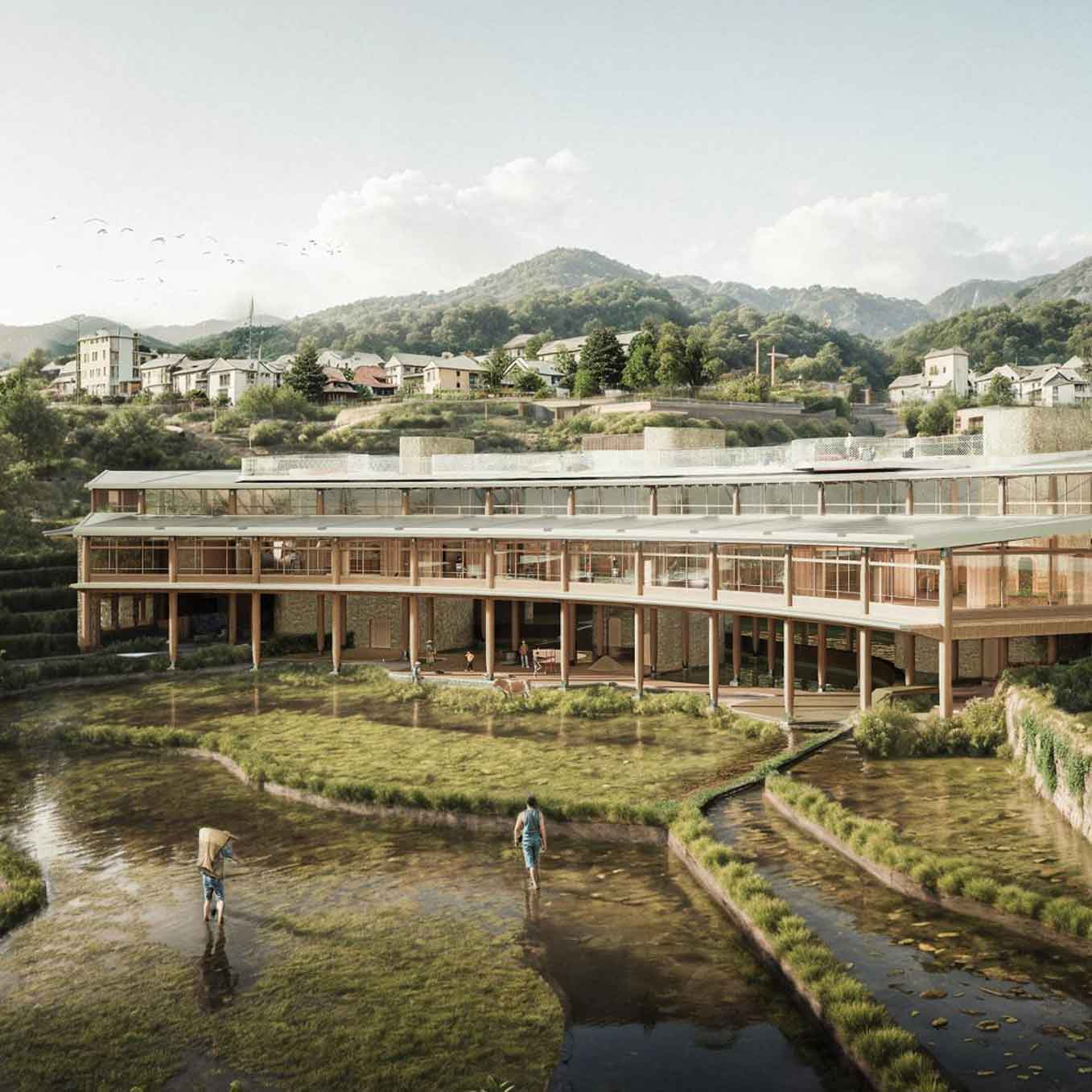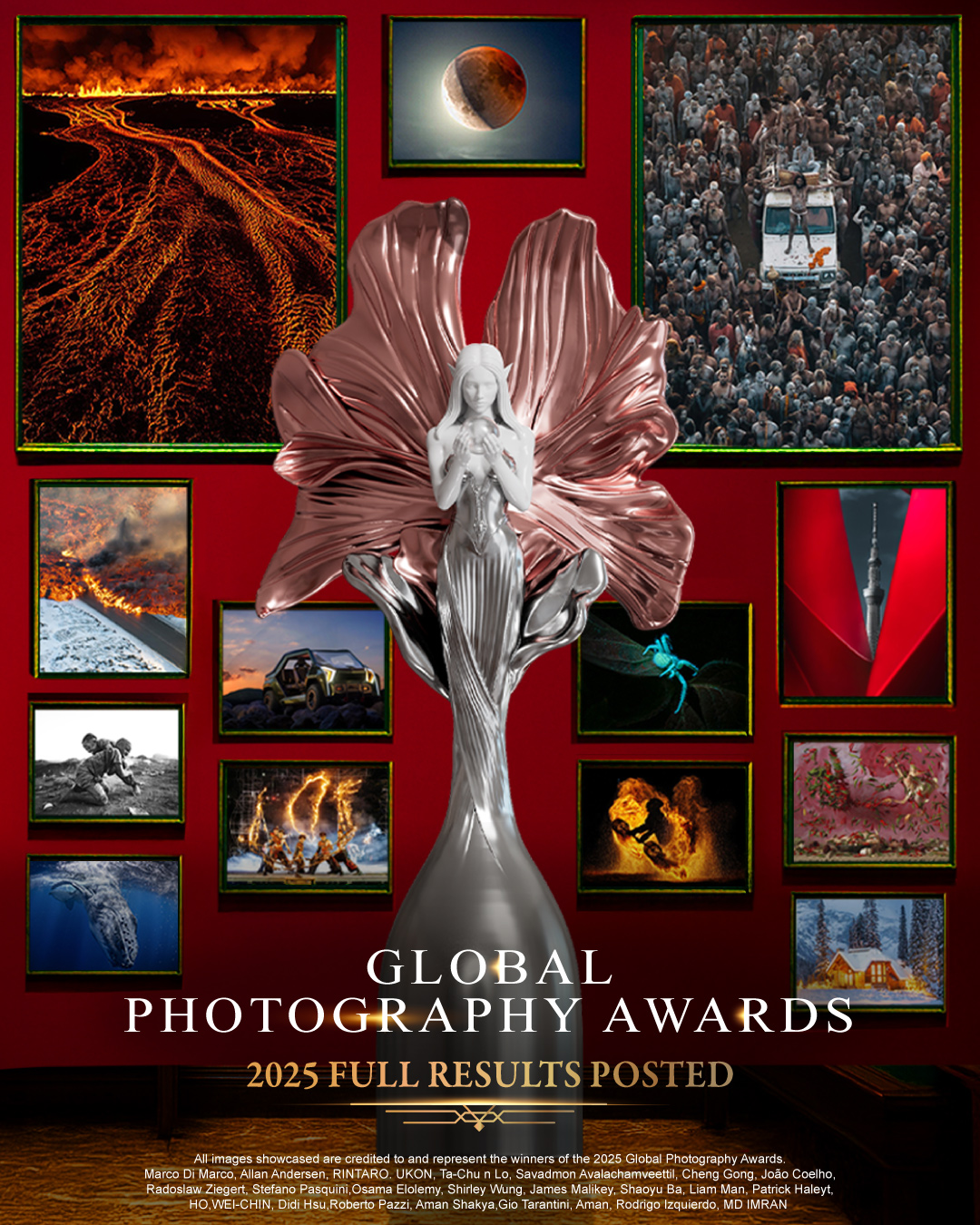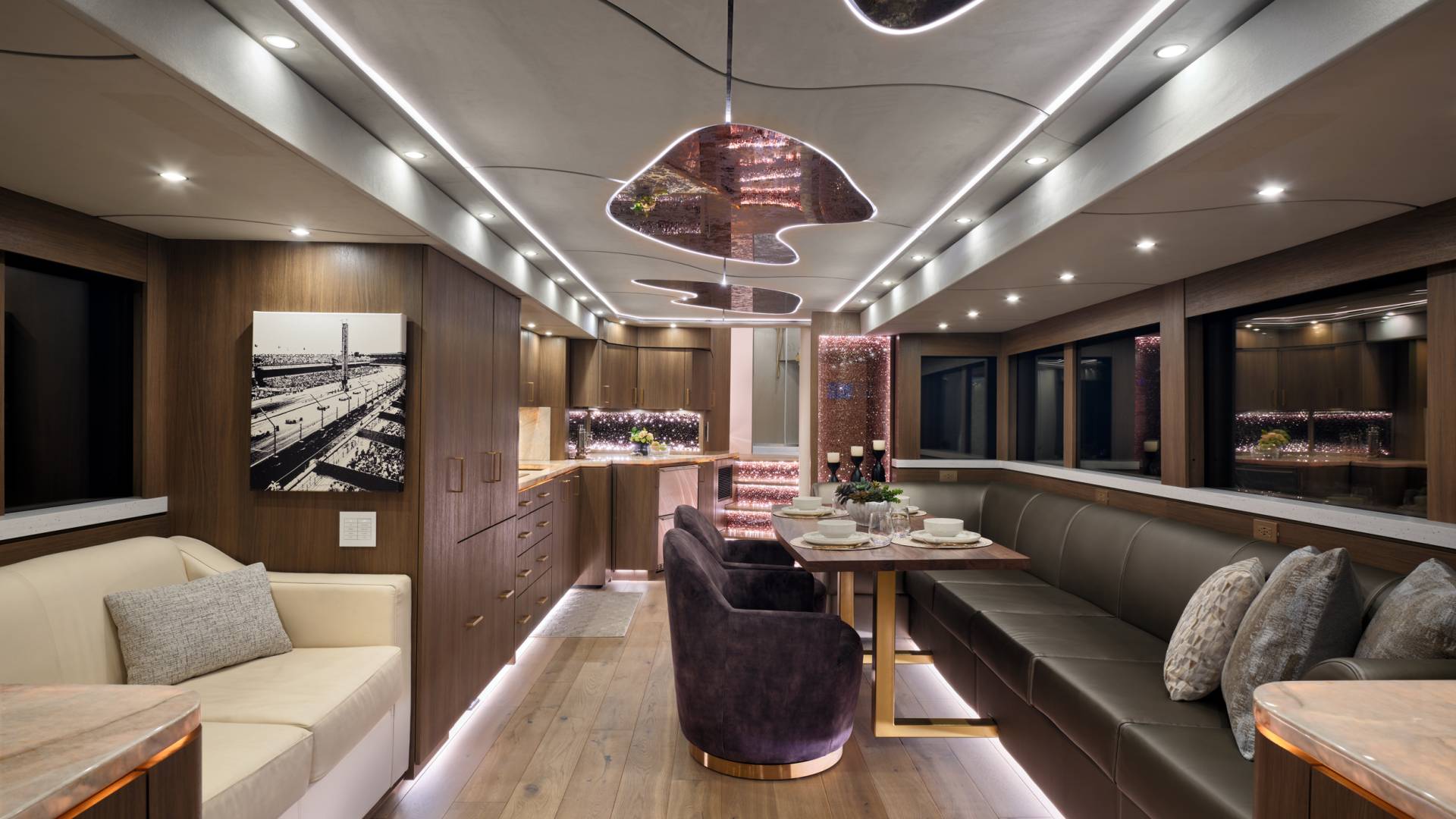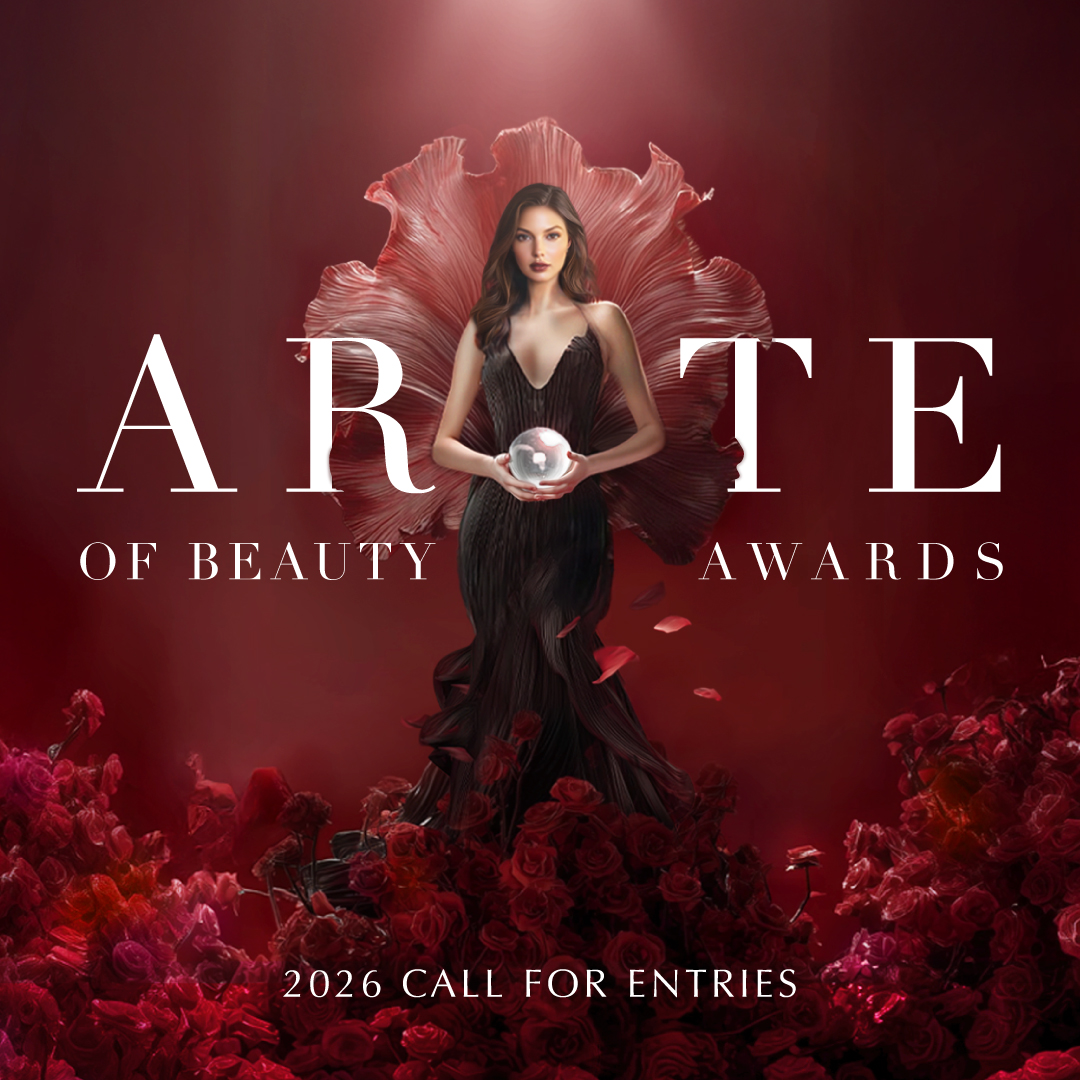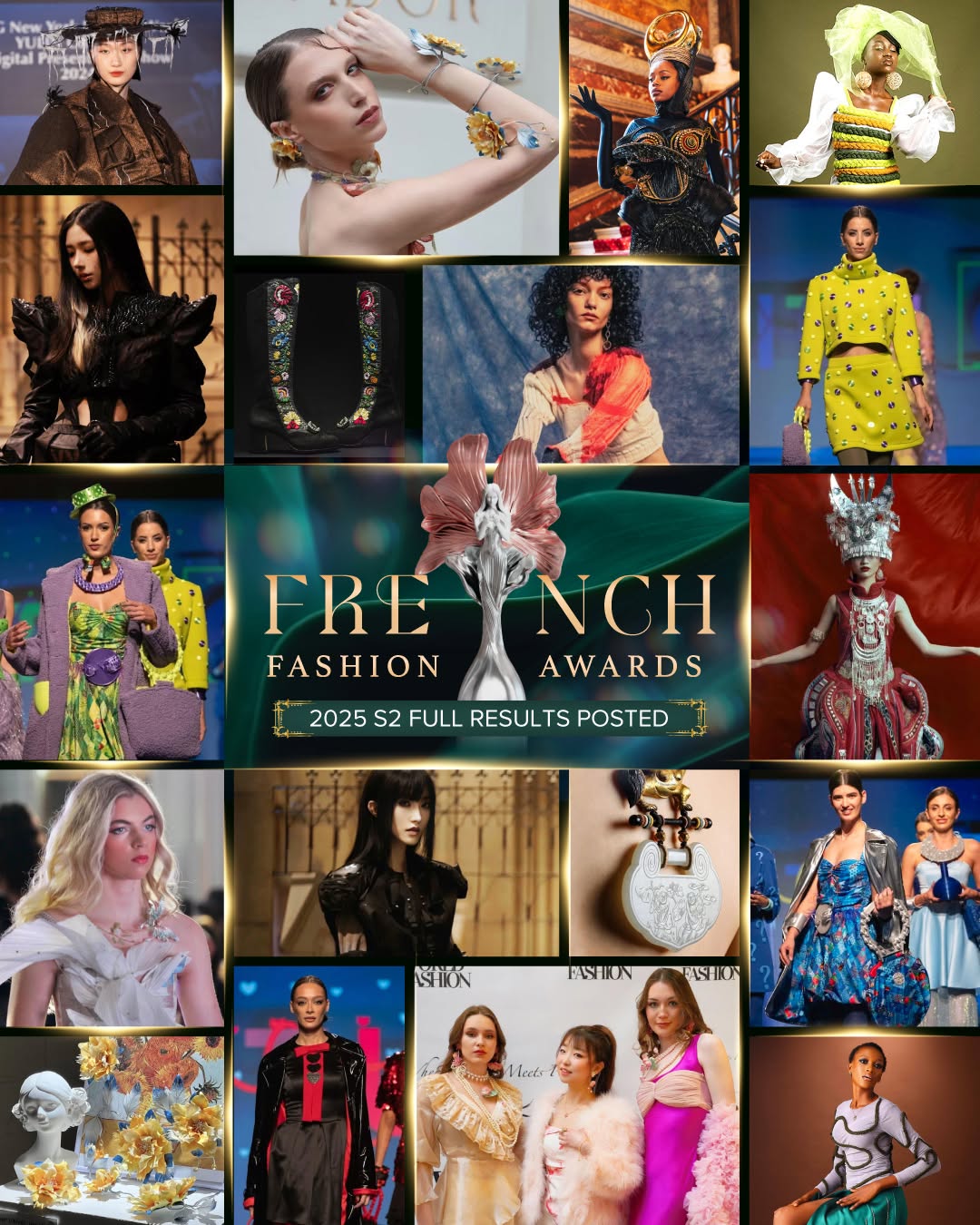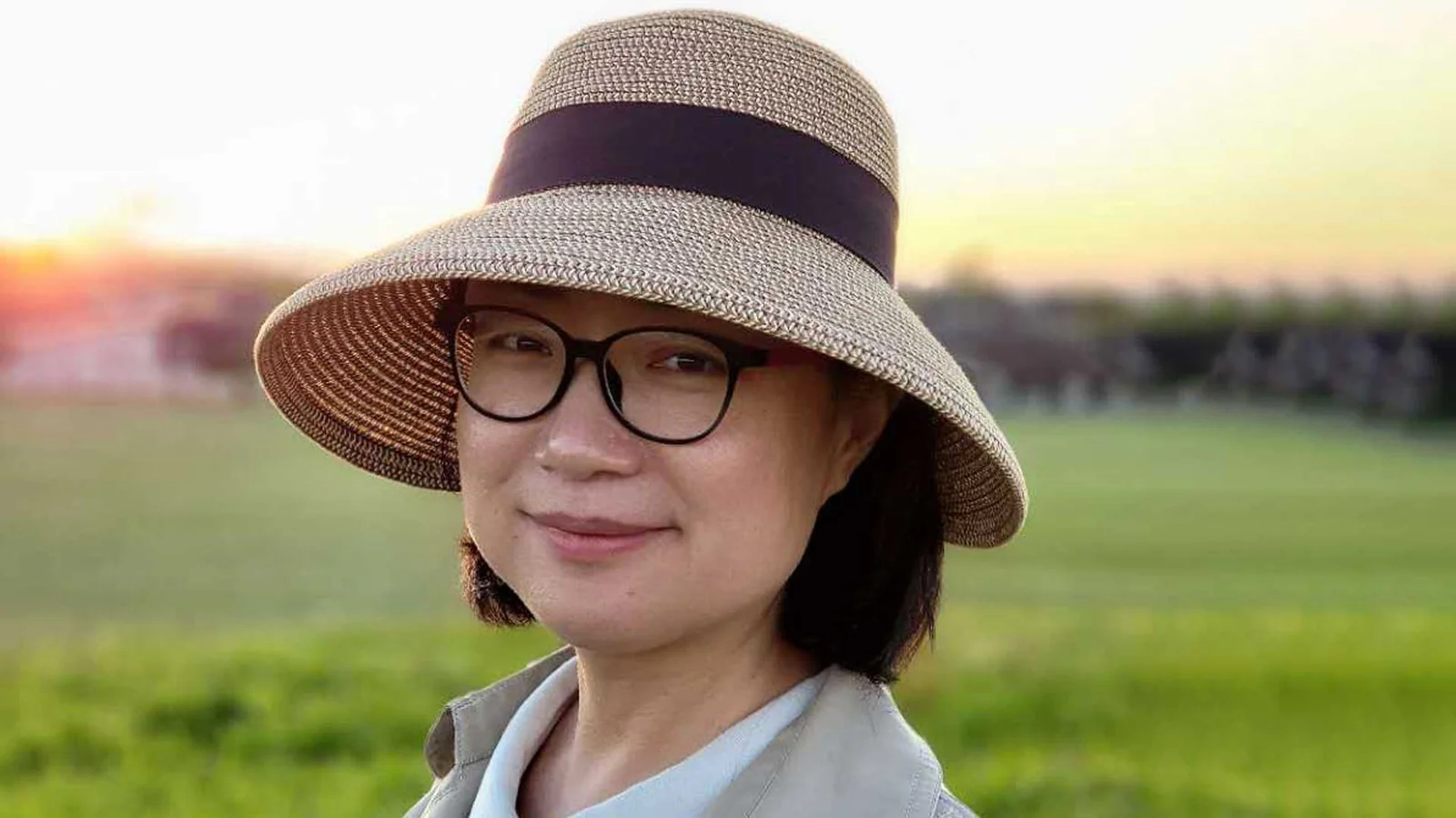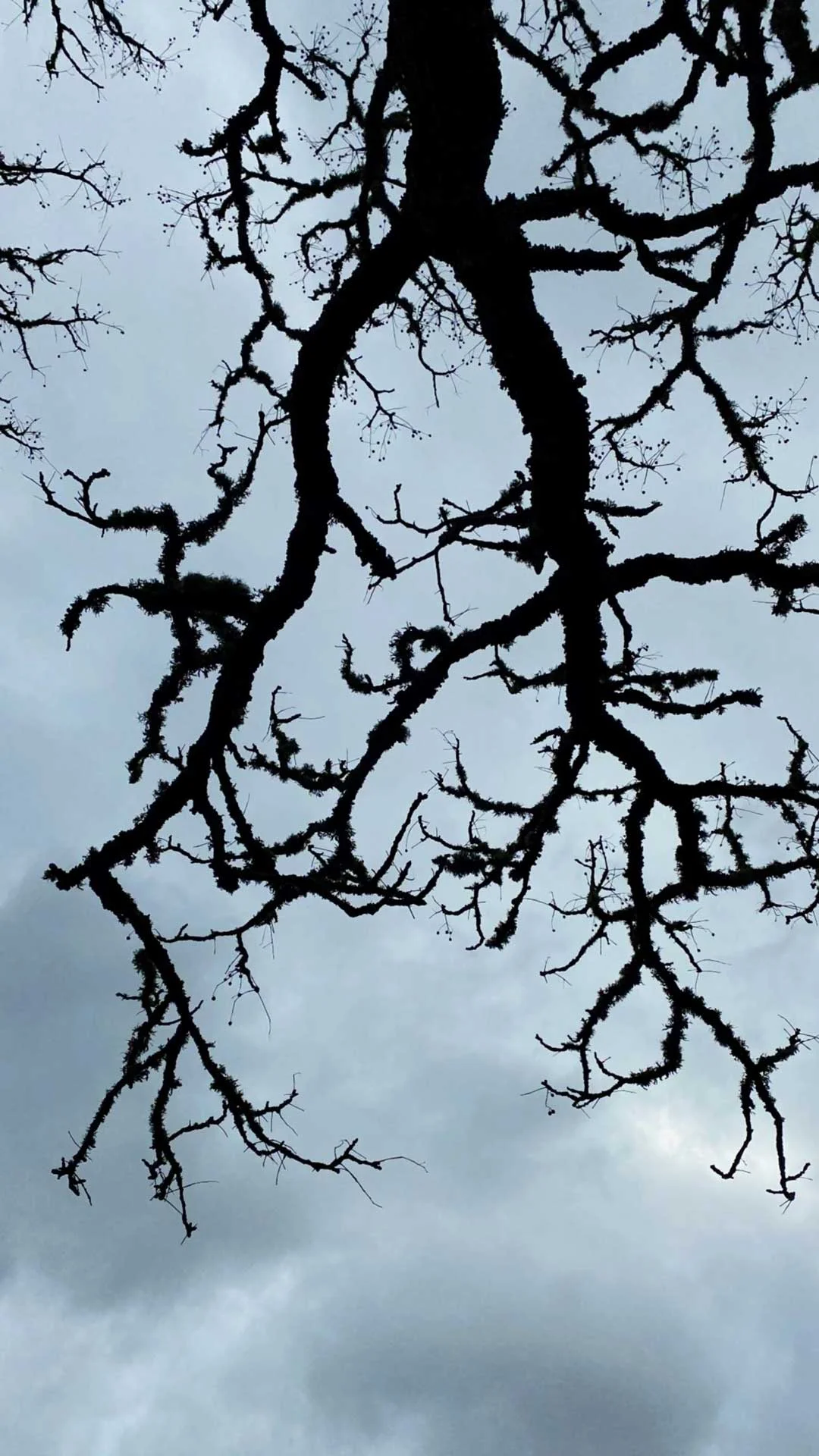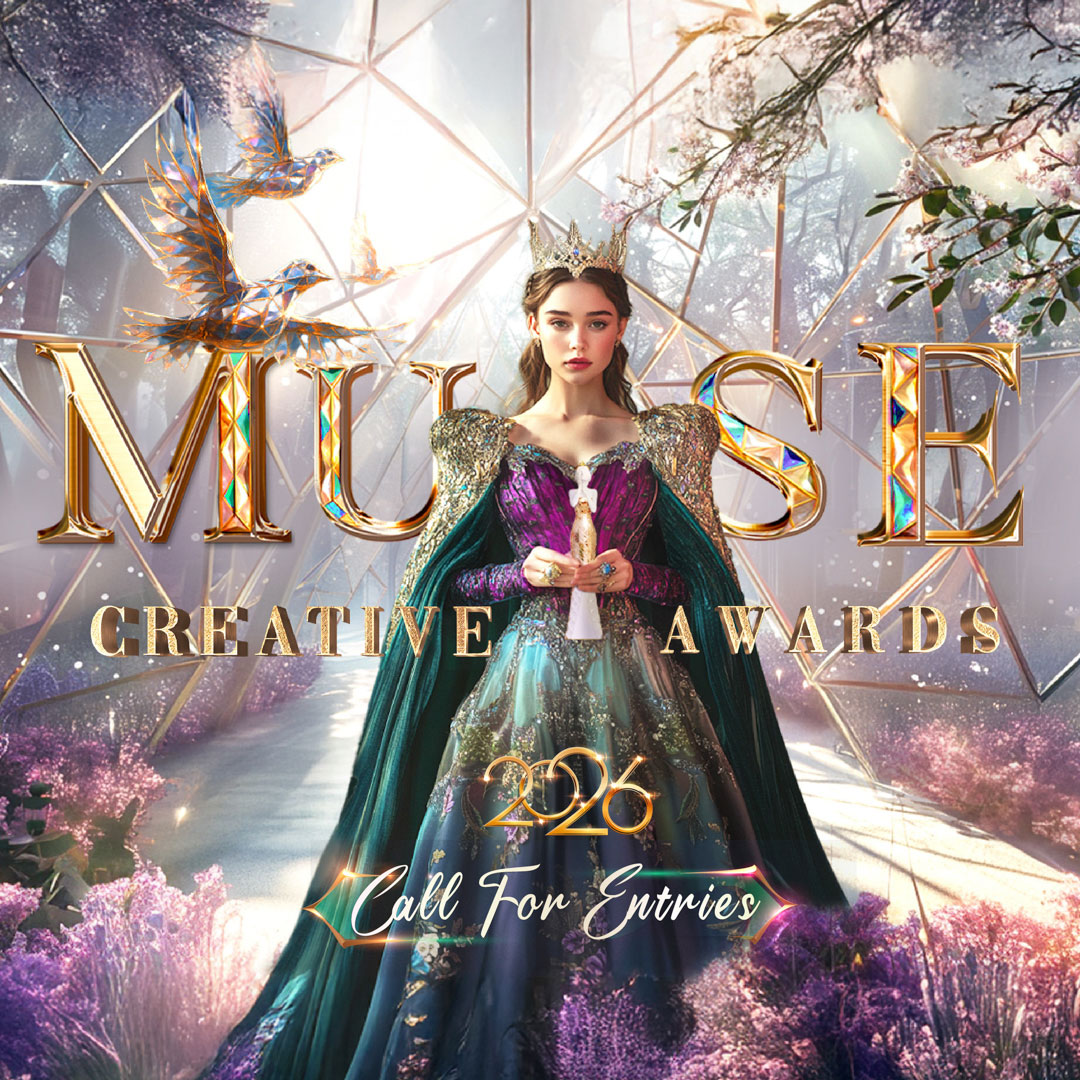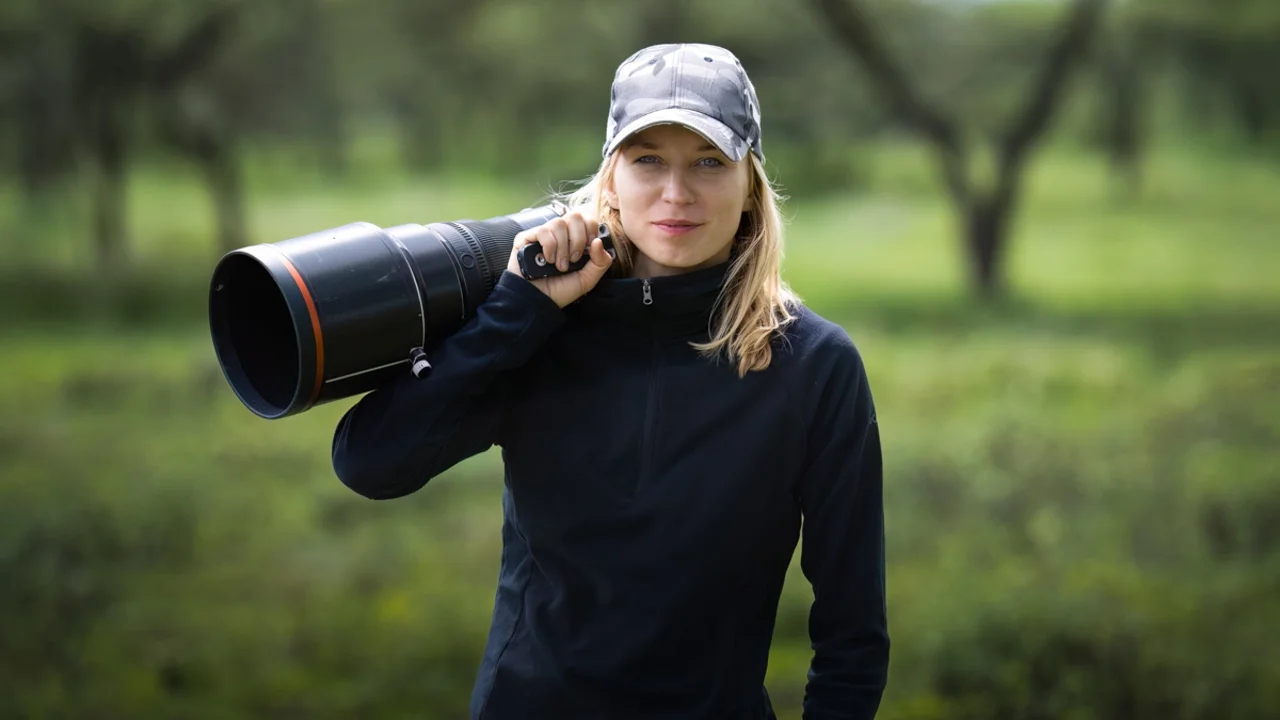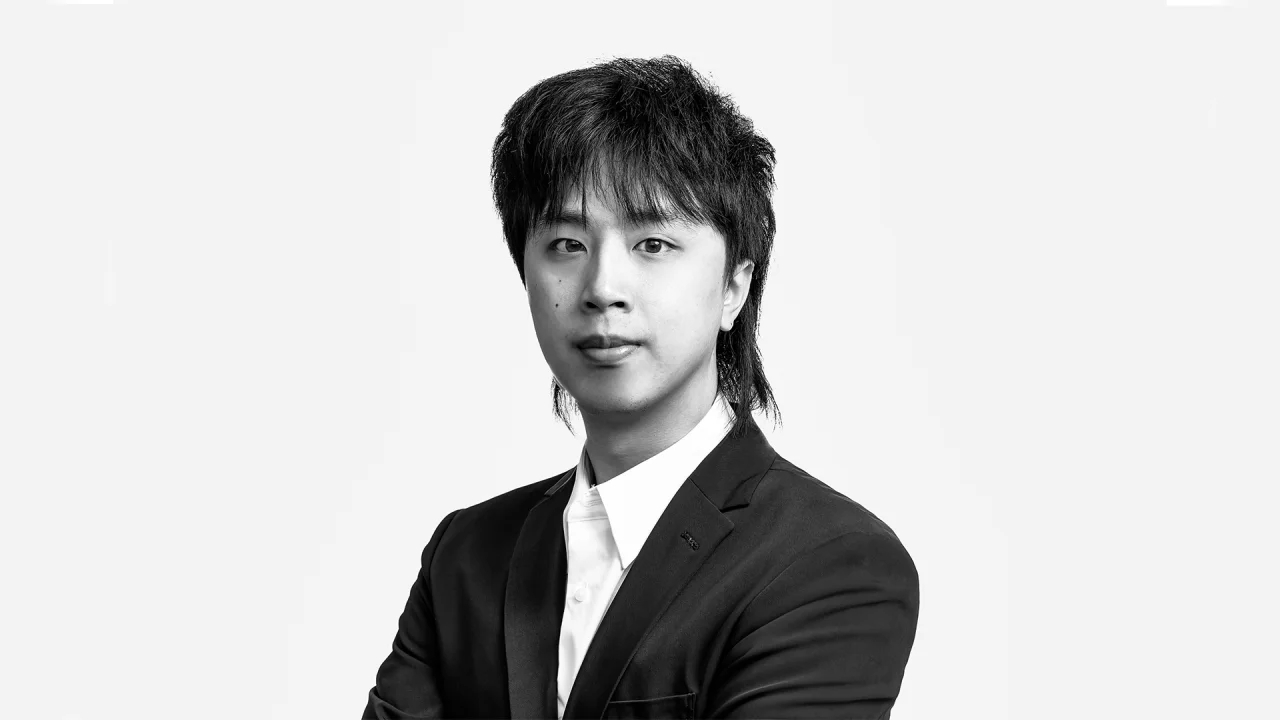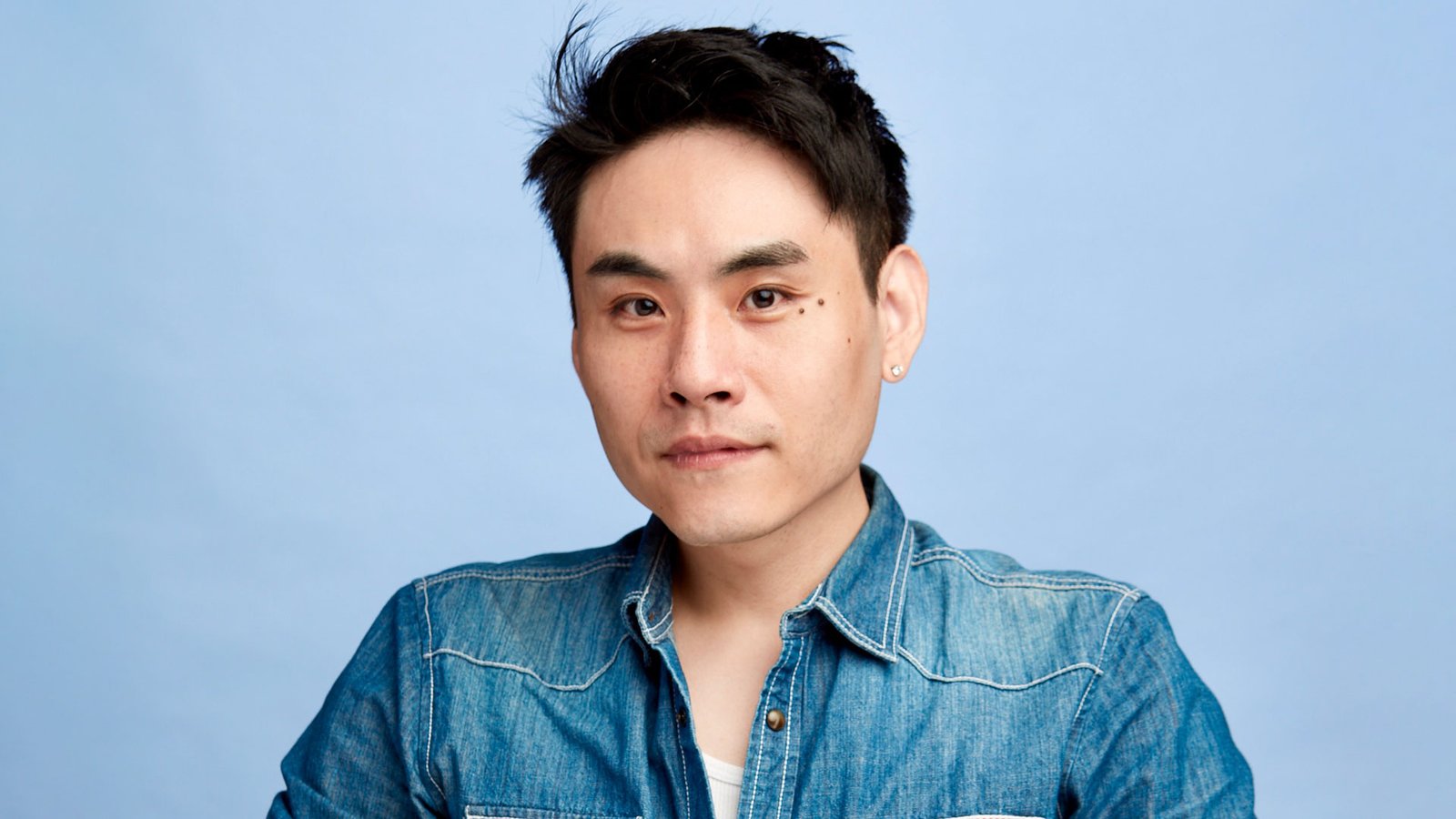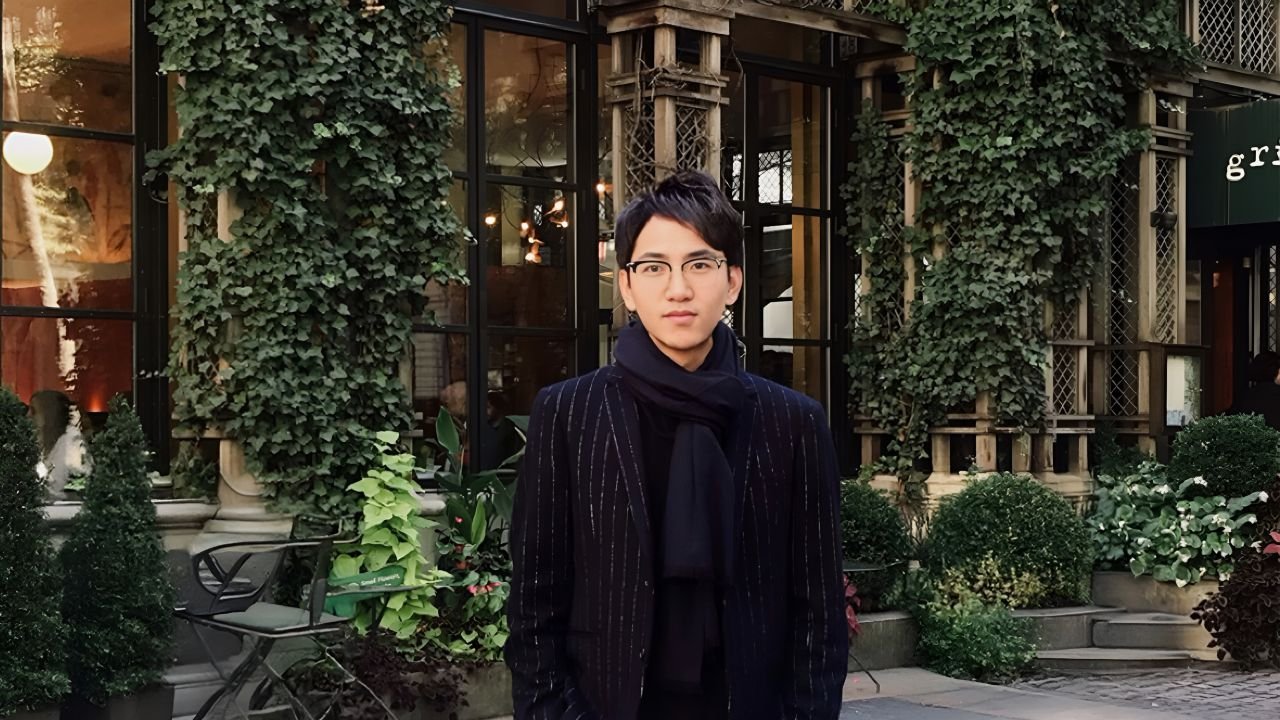An Interview with Lei Gao: The Artistic Storytelling of Gaze Up
Lei Gao
Lei Gao received her first digital camera at university and quickly fell in love with capturing everyday beauty. After immigrating to New Zealand in 2016 and pausing her career to care for her children, she continued pursuing photography. In 2024, she began writing her first book Land of the Long White Cloud, published in January 2025.
I am an ordinary woman living in New Zealand. I got my first digital camera when I went to university and loved using it to capture the beautiful things I encountered—like a small flower or a fallen leaf. In 2008, I went to the UK to pursue a master’s degree in design. During my time there, which lasted over a year, I took photos almost every day, documenting everything I saw: British plants, animals, landscapes, historical architecture, and more.
In 2016, my family and I immigrated to New Zealand. I stopped working full-time and began staying at home to take care of my children. However, I never gave up photography and continued to pursue it actively. In 2024, I started writing my first photography book, Land of the Long White Cloud, which was officially published in January 2025.
Since moving to New Zealand, my photography has primarily focused on fine art. One day this year, while playing with my family by the seaside in Auckland, my son pulled out a small weed. I noticed that its roots and seeds were intact, which struck me as very unique. At the time, I was working on a series titled Gaze Up, so I held the plant above my head against the sky to create a visual narrative blending figurative and abstract elements. Through this image, I aimed to capture the fleeting nature of life and the passage of time.
This photograph received the Silver Award in the Fine Art Photography – Open Theme category at the 2025 MUSE Photography Awards. Winning this award is a recognition of my accomplishments in fine art photography and has given me greater confidence in my artistic work.
Gaze Up is a new series I created in 2025. I really love this theme and enjoy this form of artistic exploration, so I chose to submit works from the series.
I started learning painting in primary school, which made me very sensitive to colors. Later, when I got my own camera, I discovered that photography is also a wonderful way to express art. In particular, capturing the changes of light and shadow through the lens brings a kind of joy that painting with a brush cannot offer.
My favorite type of photography is fine art photography, and I have consistently focused on creating within this field. This preference stems from my early experience learning painting in primary school, which helped me develop a strong sensitivity to color and composition.
Through fine art photography, I seek a deeper level of artistic expression—it is not merely documentation of reality, but an exploration of emotion, concepts, and atmosphere. I see it as a continuation of my artistic journey, a powerful way to communicate ideas and emotions through visual language.
The equipment I use most often includes the Sony α6400, the Canon EOS 500D, and my smartphone. Much of my work is created in the flow of everyday life, especially when I’m out and about with my children. I find these devices easy to handle, allowing me to capture spontaneous moments quickly without spending too much time adjusting settings.
I hope my work conveys positive energy, evokes warmth and resonance in the hearts of viewers, and inspires uplifting emotions. Through a visual experience, I want people to discover the beauty and hope in everyday life.
The post-processing stage was the most challenging part. I wanted to preserve the "authentic essence" of the photographic work, faithfully capturing the original lighting and scene, while also making adjustments and refinements to fully realize my intended artistic expression—striking the perfect balance between realism and artistry.
Living in New Zealand has deeply influenced my photographic work. The breathtaking landscapes, the pristine skies, and the clean air constantly remind me of life's beauty. Through my art, I strive to capture and share this sense of wonder with the world.
In the early years of my artistic photography career, I did not participate in competitions. It wasn't until last year that I began actively entering them. These experiences have sparked more creative inspiration, connected me with others, and exposed me to the work of many photographers, making it a valuable learning process.
My advice to photographers is to stay true to their creative intentions and not focus too much on the outcome.
When you don't know what to shoot, start by documenting the beautiful moments of your own life.
Post-processing is a key step in expressing my creative intentions and enhancing the visual impact of my work. Through editing, I can better adjust elements such as color, contrast, and lighting, strengthening the artistic expression of each piece. Post-processing is not just a technical fix; it is an integral part of the creative process.
With the advancement of technology, photographers can focus more on the core of their creativity and improve their work efficiency.
My inner world.
Winning Entry
Explore the journey of Pepe Manzanilla, the Platinum Winner of the 2025 MUSE Photography Awards. He grew up surrounded by family photographs, and receiving a camera young sparked his lasting curiosity for the craft of photography, inspired by watching his father and grandfather capture moments.
ADVERTISEMENT



